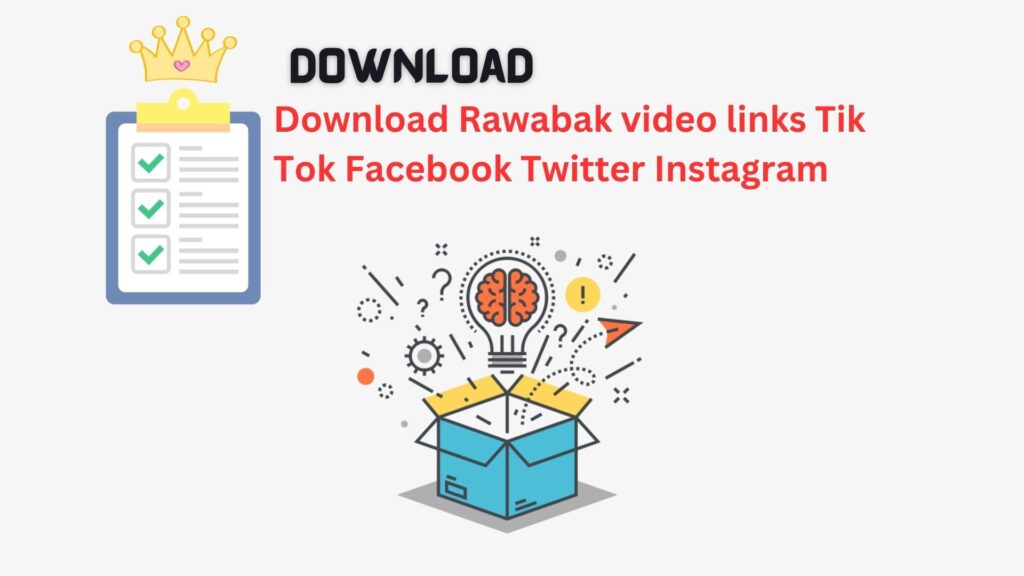
Billy Oberman used TikTok as a means to an end. Instead of looking for his own entertainment, the New Jersey musician had downloaded the app as a way to promote his content, only occasionally browsing. But pretty quickly something strange happened.
Seemingly out of nowhere, his feed was choked by Stewie, Brian and Peter Griffin. For quite by accident, and against his will, he had fallen, what he calls Family guy “pipeline.”
“You see it and you don’t really take it in — it’s just something to stimulate you,” he said. “It’s like Cocomelon,” a YouTube channel aimed at babies – but here aimed at adults.
But what Oberman saw is just a small sample of what the few people who have studied it call “silt content.”
And while it seems insidious, Oberman says it’s an experience shared by many on the app: TikTok’s video recommendation algorithm, which is supposed to deliver content based on your interests, relentlessly shows users’ clips packaged in a very particular and overstimulating way.
Am I old or is there something very wrong here pic.twitter.com/6TccyljcFV
The types of videos that make up this experience are all over the app, but it’s unlikely that non-users have seen anything like it. That’s because the style of video that Oberman stumbled upon exists almost exclusively on TikTok, and only came about in the last few years.
“The Touch Line,” as Oberman and others have dubbed it, is basically just segments from Seth MacFarlane’s animated sitcom Family guy reposted on TikTok — what Canadian YouTuber Savantics referred to as “the new age of piracy: Family guy episodes being posted in multiple parts, with soap cutting underneath, by accounts run by bots.”
Instead of playing alone, the segments sit on top of low-substance, high-interest videos. Sometimes they are footage of mobile video games like Knife jump or Underground surfers. Other times, they’re ASMR “satisfying videos”: short for “autonomic sensory meridian response” (these videos show creators squeezing and cutting various substances—like colored bars of soap—to elicit this response). Sometimes the segments are combined with a third or even fourth video to create a messy mess of meaningless visual stimulation.
“I want a moment of clarity watching and being like, ‘What am I doing?’ Then I just keep watching,” Oberman said. “That’s where we are, technology-wise and entertainment-wise.”
But cartoon clips taking over feeds are just a symptom of a broader shift in media creation and consumption that is changing the voices and ideas that win audiences — all the while going almost unnoticed.
SEE | What is the Family Guy pipeline?
“This is an example of this larger trend of dumbed-down content that is meant to be consumed passively rather than intelligently and actively,” said Saif Shahin, assistant professor of digital culture at Tilburg University in the Netherlands.
“What TikTok is doing with these videos is allowing people to have distractions on the same screen… [and therefore] get people to stay on the same screen for longer.
“This kind of media content is not intended for active engagement,” he added. “While it draws on people’s already limited ability to pay attention to media for extended periods of time, it amplifies it and further limits people’s attention spans.“
That Family guy phenomenon, specifically, has been recognized mostly because of a related meme and the strange fact that a comic more than two decades old gained newfound popularity.
But the sweeping trend has gone almost completely unrecognized, even as it becomes a dominant form of media on one of the most dominant media platforms on Earth — a “digital advertising juggernaut” that alone earned about $10 billion in ad revenue last year, according to New York Times.
The technique is an outgrowth of the TikTok trend of “corecore” — a seemingly carelessly stitched together style of video production that has been called a “genuine Gen-Z art form” by Mashable. But the prevalence of the former has not been so well known; in fact, it’s so successfully flown under the radar—scientists have no idea where it came from—and it barely has a name.
Understudied media trend
“Yours is one of the first emails I’ve gotten from a journalist where I thought, ‘We should do a study on that now,'” said Gordon Pennycook, associate professor of behavioral sciences at the University of Regina. “Check back in a little while, because we’re probably going to run some experiments.”
That is because Family guy is far from the only source of this video processing. South Park, The Simpsons and one litany of TV and film clips have received the same packaging.
“In the beginning it feels like a chaotic jumbled mess that has been hastily thrown together in the hope that at least one element of it will catch your attention,” reads Kaycia Ainsworth’s essay The content culture crisis. “But its disordered nature is not only conscious, it is essential. The intention is not only to connect you, but to separate you completely.”
The National’s Ian Hanomansing asks cybersecurity experts Brian Haugli and Alana Staszcyszyn how concerned TikTok users should be about having the app on their devices.
Due to its newness, there have been a number of suggested names. Content creators interviewed for this article suggested “stim-maxxing” and “stim-tok” for what it does to the brain.
Ahmed Al-Rawi, an associate professor of social media and communication at Simon Fraser University in BC, suggested “cocktail content” for how it mixes unrelated ingredients: “Most of the time it’s meaningless, there’s no context… [but] I don’t think it’s going to stop — it’s going to continue to grow.”
But Ainsworth first called the trend “content sludge,” though the word order was for some reason reversed when the idea was picked up on Twitter. Still, the few TikTok posts that recognize the trend retain the original phrase — meant to contrast what Ainsworth described as the “once rich and fertile mire” of past internet platforms with their current state.
I think the worst thing about sludge content is that I’ve already done this. maybe not with family guy clip over subway surfers gameplay. but with games i’m not fully engaged and my phone plays youtube videos on the side
“The more our media focuses on producing sensory-stimulating content, the more we seek it out and begin to demand it to avoid boredom,” Ainsworth wrote. “We are so overwhelmed by sensory impressions and wade through content mud that we are trained to crave it.”
Sheena Peckham, a director of digital content for the non-profit children’s online safety organization Internet Matters, likened this training to “second screening,” the pandemic trend of, for example, simultaneously using your phone while watching a movie.
While sludge content can be seen as a kind of built-in second screening, Pennycook and Al-Rawi both cautioned against moral panic.
Instead of turning it into a generational criticism like earlier concerns over the rise of video games, parents would be better off simply paying attention to screen time — and recognizing that the media we use is constantly changing, they said.
In the abstract, the form is not even that new. Chris Gabriel, creator of the YouTube channel and multimedia project MemeAnalysis, noted its similarity to YouTube comments and the tactic of placing graphics around copyrighted videos to avoid automatic takedowns. While sludge content might have evolved directly from the success of the latter example, Gabriel said there’s a more obvious reason for its current ubiquity.
“Obviously,” he said, “young people raised on this rather than on TV or movies or whatever — well, they’re going to need things that are faster and faster.”
SEE | Sludge content and ‘parasocial agency’:
Pennycook said that while it’s still untested, the greater risk of slamming content consumers comes from those who use it to try to convince someone of a particular point of view.
“I can see the potential risk of it affecting the way people process the information because it’s basically a form of distraction,” said Pennycook, who specializes in the field of disinformation.
“Even if having that extra video increases the amount of time that people spend, and those people are successful in ignoring the message, it will still trick the algorithm into showing that video to more people – who might not be as picky , when they view content.”
YouTuber Blair Chapman — a cognitive science graduate from USC who says he worked at a startup that used sludge content to test and drive engagement — pointed to that as the reason why controversial influencers like Andrew Tate and Sneako gained such popularity .
Coining it “parasocial agency,” Chapman said the creators — who often package their opinions as self-help content — create a connection between their advice and the sense of accomplishment viewers gain from tasks or video game levels completed in the accompanying videos.
“Then you stop watching the content and it’s like, ‘Oh wow, I’m still in the same position and none of this was done,'” he said. “But that’s what makes it such great content: it grabs you and [convinces you] all those things happen.”

But Betsi Grabe, a cognitive process researcher and principal investigator at Indiana University’s Observatory on Social Media, says sludge content is unlikely to hypnotize anyone. Pointing to an area of study called “audio-visual redundancy,” she said that when audio and video compete for people’s attention, video wins.
Because of that, she doesn’t believe that the statements of sludge content influencers will seep into anyone’s unconscious. Instead, they will just ignore them.
“So you wanted to draw eyeballs and add some visual candy to your talking head? Sure. I buy that,” she said. “Do you want to get your message across more effectively? No. And we know money is made by eyeballs, right?”
What’s risky, she said, is letting the trend spread without researchers or those watching realizing it even exists — or how it affects them.
Source / supertools – url-supertools – H-supertools – Keyword Tool – Check website – Ubersuggest – url – mp3 – mp4 – youtube – facebook.com – facebook
